
Know what’s happening
Access the private noticeboard for verified neighbours near you. Keep informed about any suspicious activity, send urgent updates to your neighbours when required and discuss emergency planning.
Get to know your neighbours
Browse the directory and start getting to know your neighbours. Don’t want to post to the whole neighbourhood? Send a private message.
Buy, sell and give away
Want to declutter your garage? Buy some used household items? Give away some garden stuff? Become a verified neighbour to browse and post items for sale. Trading is simple when everyone lives nearby.

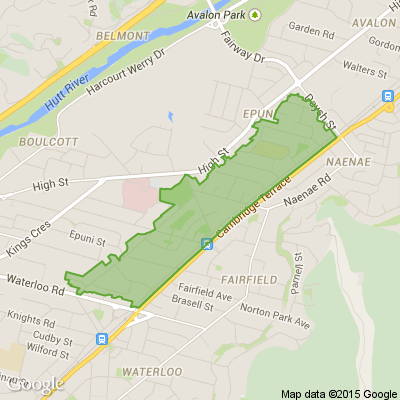
Nearby
Normandale, Woburn, Taita, Stokes Valley, Avalon, Hutt Central, Kelson, Tirohanga, Harbour View, Maungaraki, Moera, Waterloo, Waiwhetu, Fairfield, Wainuiomata, East Harbour, Petone, Boulcott, Naenae, BelmontKnow something that could keep your neighbours safe?
Share it here on Neighbourly

Thank you for using Neighbourly
You may receive an email confirmation for any offer you selected. The associated companies will contact you directly to activate your requests.
Karen from Petone
Have bought myself a new vacuum today, so if anyone wants my old one, I'm giving it away. Nothing wrong with it. Bought from Godfreys a couple years ago. Replaced the filters maybe 6 months ago.
Free
Jamie from Avalon
You will not want to miss the "World Famous Annual Mega Epic Huge 5-Day Jumble Sale" at Lower Hutt Salvation Army on the corner of Cornwall Street and Kings Crescent.
This is one of the major fund-raising events of the year and supports our work in the community.
You are invited to come… View moreYou will not want to miss the "World Famous Annual Mega Epic Huge 5-Day Jumble Sale" at Lower Hutt Salvation Army on the corner of Cornwall Street and Kings Crescent.
This is one of the major fund-raising events of the year and supports our work in the community.
You are invited to come along and see what treasures you can uncover. Every room, every corner, every table is filled with so many items you will find it hard to leave empty-handed. Additional items will be added throughout the sale.
Please share this with all your local friends :-)
- Clothing
- Shoes
- Bric-a-brac
- Household items
- Games
- Bikes
- Linen
- Bedding
- Toys
- Books
- DVDs & CDs
- Bags
- Jackets
- So much more!
Fill a supermarket bag for $10, and fill a rubbish bag for $20 (B.Y.O. bags). Some items will be priced separately.
Five days only - see you there!
Masks and social distancing are required.
Thursday 13 Jan 6.00pm - 9.00pm
Fri 14 & Sat 15 Jan 9.30am - 3.00pm
Fri 21 & Sat 22 Jan 9.30am - 3.00pm
Link to Facebook Event: fb.me...
Negotiable
Reporter Community News
Susan McLeary from Martinborough submitted this photo of the late Bruno. "This is Bruno, who loved sharing the bed on a sunny morning. Sadly, he went to cat heaven this year, aged 15."
Remember if you want your pet featured on Neighbourly, email us on yourpet@dompost.co.nz with a recent … View moreSusan McLeary from Martinborough submitted this photo of the late Bruno. "This is Bruno, who loved sharing the bed on a sunny morning. Sadly, he went to cat heaven this year, aged 15."
Remember if you want your pet featured on Neighbourly, email us on yourpet@dompost.co.nz with a recent photo. Please remember to say which suburb you live in.
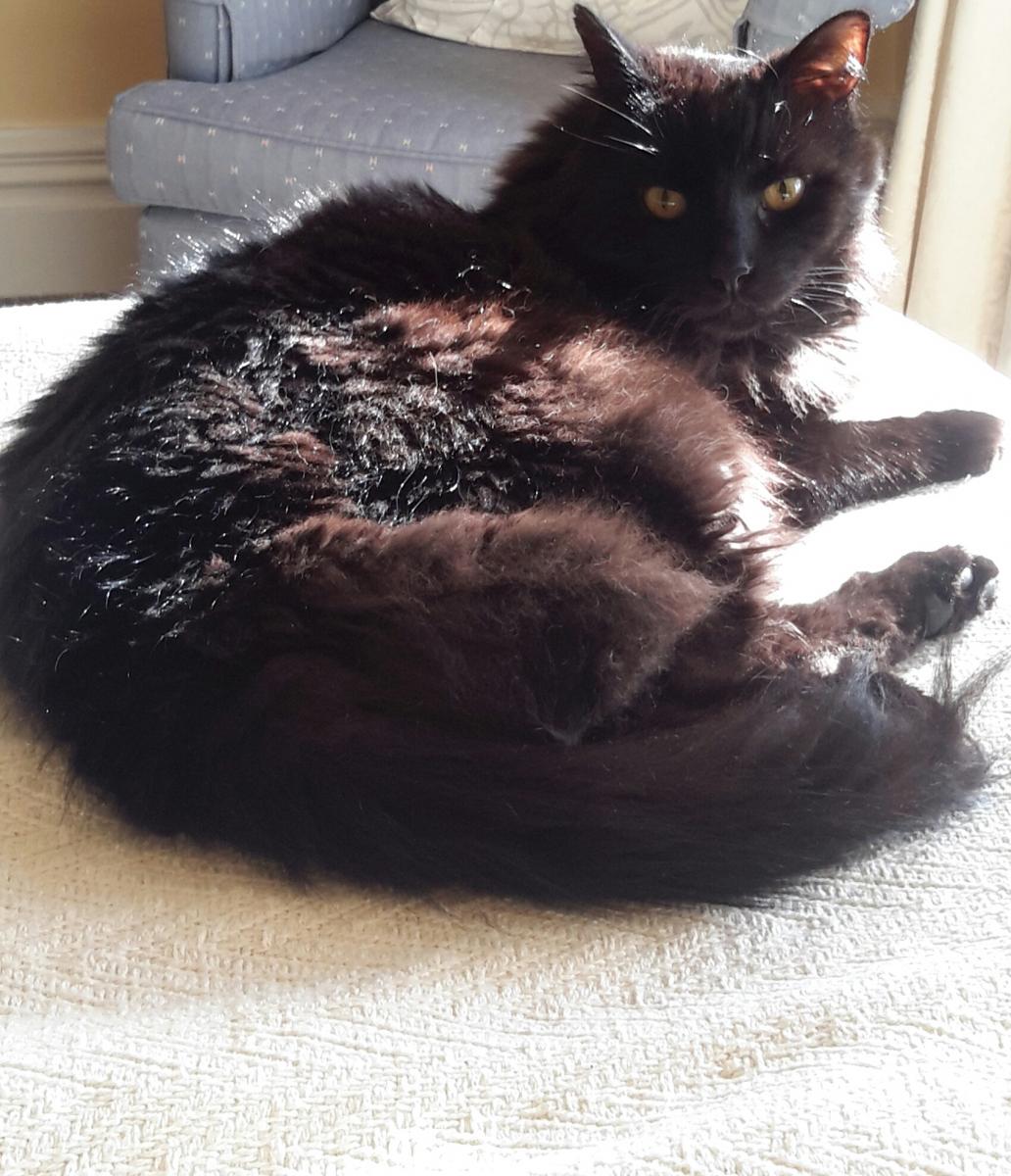
Sandra from Normandale
My deck Normandale Lower Hutt NZ noon 2/1/22
32 degrees....
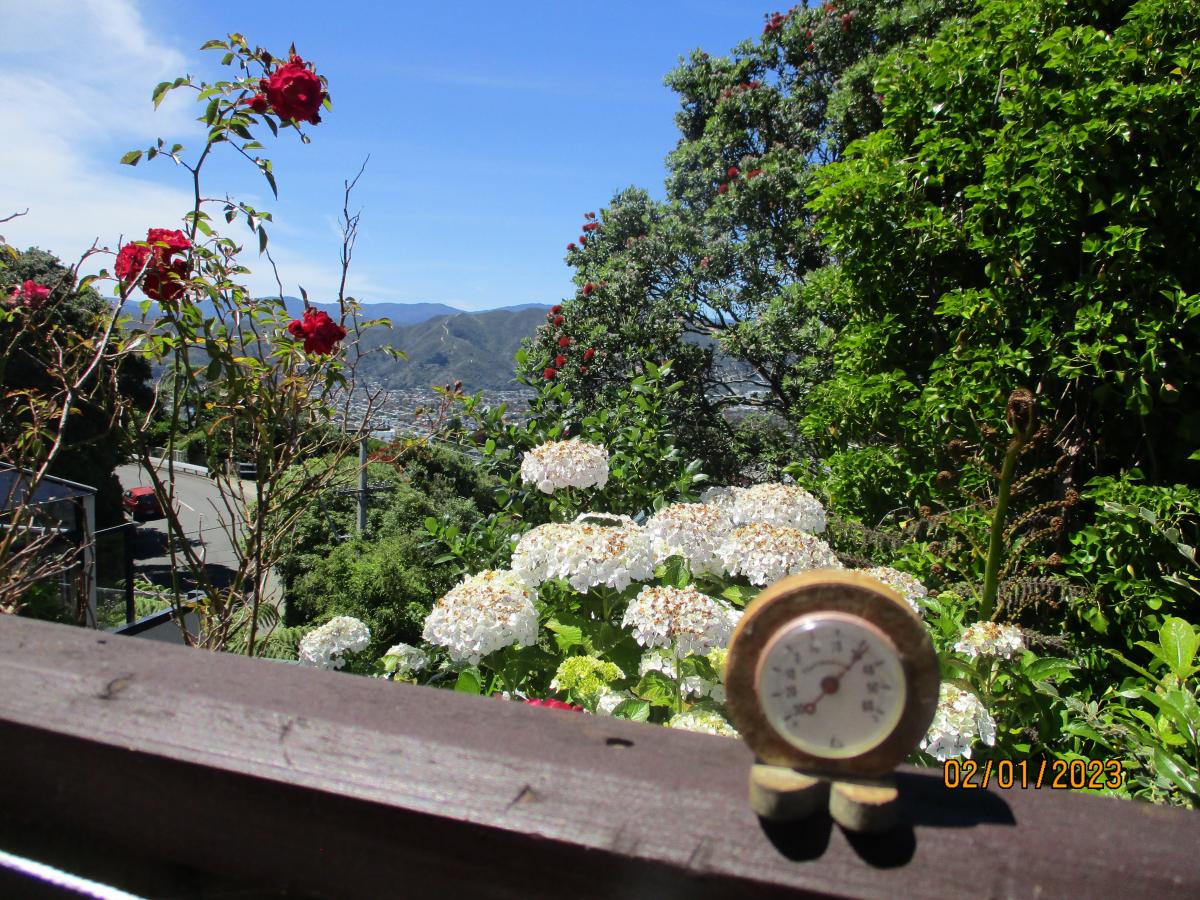
Reporter Community News
Flo has got a new home, courtesy of the SPCA.
"Flo the Bunny has settled in really well with us. She bonded pretty quickly with our other bunny, Jupiter, and they are now good bunny-buddies. While Flo weighs about 50 per cent more than Jupiter, she seems to have agreed that Jupiter is in … View moreFlo has got a new home, courtesy of the SPCA.
"Flo the Bunny has settled in really well with us. She bonded pretty quickly with our other bunny, Jupiter, and they are now good bunny-buddies. While Flo weighs about 50 per cent more than Jupiter, she seems to have agreed that Jupiter is in charge of the bunny zone and so all is pretty amiable! Jupiter does give in and groom Flo from time to time but it's pretty clear that he's the boss! Our bunny-loving kid is thrilled with Flo and Brendon the vet has also given her the big tick! We're thrilled to have her in our whānau."

Jamie Dobson from Hutt City Council
From Friday 3 December, Lower Hutt is at Orange under the COVID-19 Protection Framework (Traffic Light System).
This means people will be required to show their My Vaccine Pass at most of our community facilities, including:
🟠 Libraries,
🟠 Pools and Fitness facilities,
🟠 Neighbourhood … View moreFrom Friday 3 December, Lower Hutt is at Orange under the COVID-19 Protection Framework (Traffic Light System).
This means people will be required to show their My Vaccine Pass at most of our community facilities, including:
🟠 Libraries,
🟠 Pools and Fitness facilities,
🟠 Neighbourhood Hubs,
🟠 The Dowse & Petone Settlers Museum
🟠 Community Pop-up spaces, and
🟠 Lower Hutt Events Centre
Visit our website for more information:

14 replies (Members only)
Reporter Community News
Moxie was once a feral cat but is now dearly loved by Liam and his mum Sue of Masterton
Remember if you want your pet featured on Neighbourly, email us on yourpet@dompost.co.nz with a recent photo. Please remember to say which suburb you live in.

Reporter Community News
Police are seeking the public’s assistance to locate Daryll Kirk. The 26-year-old has multiple warrants for her arrest. She is believed to be in the Hutt Valley or Wairarapa areas. If you know where she is then please contact 105 quoting file number 211022/5363. Alternatively you can call Crime … View morePolice are seeking the public’s assistance to locate Daryll Kirk. The 26-year-old has multiple warrants for her arrest. She is believed to be in the Hutt Valley or Wairarapa areas. If you know where she is then please contact 105 quoting file number 211022/5363. Alternatively you can call Crime Stoppers anonymously on 0800 555 111

21 replies (Members only)
The Team from NZ Compare
The Team at NZ Compare wish you a wonderful New Year!
Thank you for welcoming us into your Neighbourhood, we can't wait to help you compare what's out there in 2022.

Barry from Taita
Hi Neighbours,
I am trying to use this site to get a message to people in Masterton to quote for some work and who may be able to help me with clearing my street frontage. It is about 60 metres long and about 9 metres wide/deep. Pic's attached. Need the site cleared and vegetation taken … View moreHi Neighbours,
I am trying to use this site to get a message to people in Masterton to quote for some work and who may be able to help me with clearing my street frontage. It is about 60 metres long and about 9 metres wide/deep. Pic's attached. Need the site cleared and vegetation taken away.
So how do I post for this on the Masterton Neighbourly site.
Any suggestions would be welcomed.
Thanks
Barry
The Team from Resene ColorShop Naenae
It’s easy to create some simple shelving for a glasshouse or conservatory with Resene Lumbersider and Resene Woodsman. Find out how to create your own.
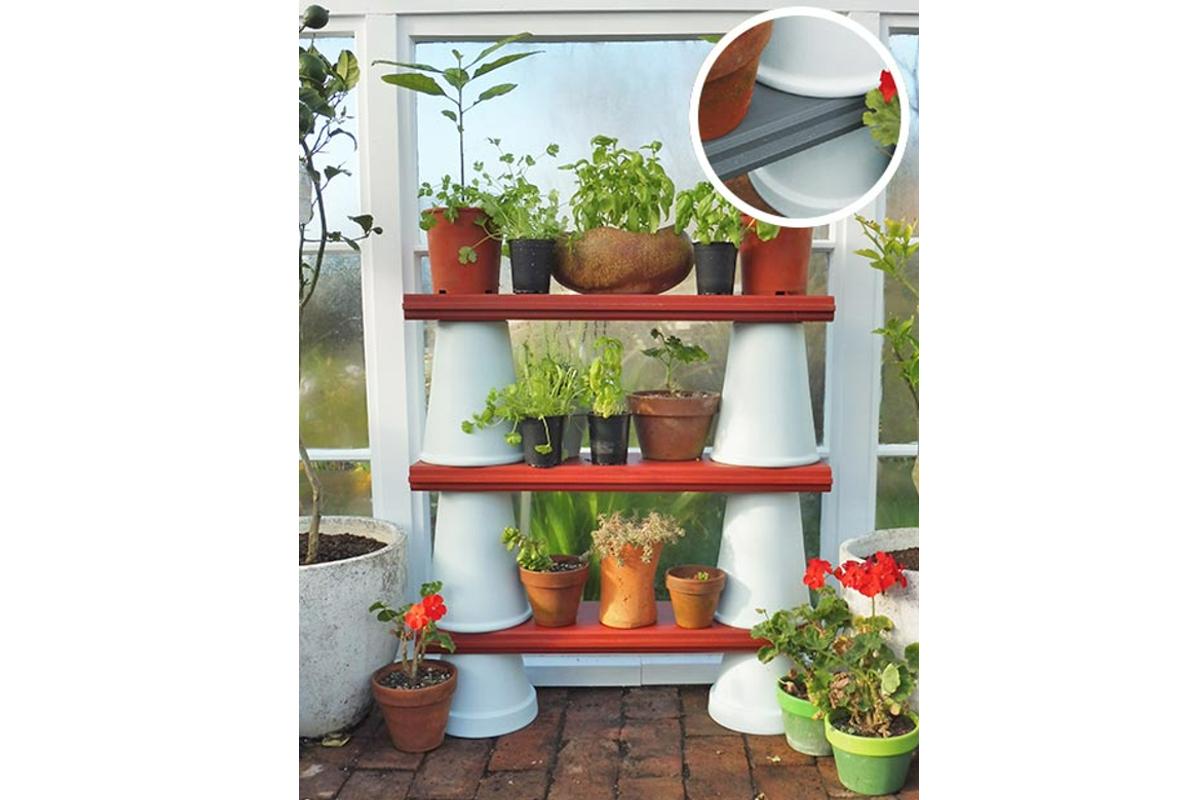
Reporter Community News
Andre Gorrie took this lovely picture at Zealandia recently.
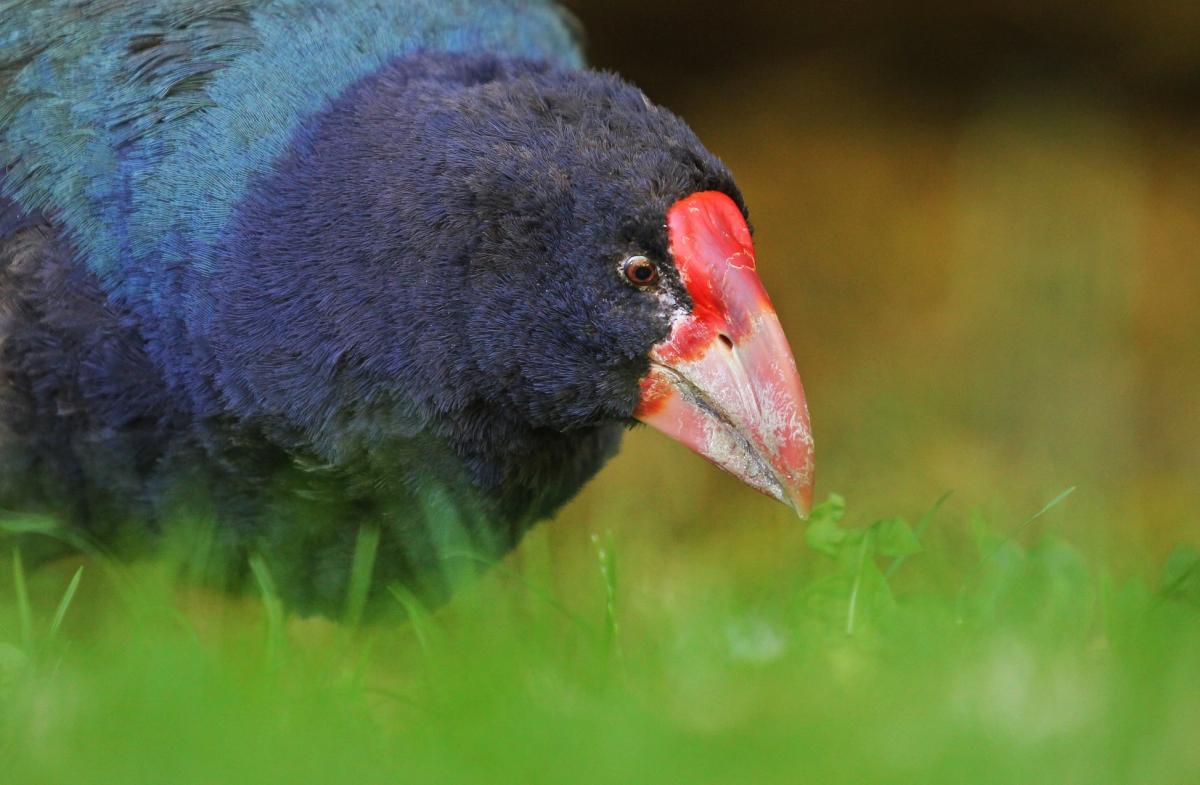
Tamsin Matthews from Red Cross Shop Petone
CLOSED Sat 1st January - Monday 3rd January
Tues 4th January- 11am - 4pm
Wed 5th - Fri 7th January 9am - 5pm
Sat 8th January 10am - 4pm
Sun 8th January 11am - 4pm
Thank you again for all yr support and see you at : RED CROSS SHOP IN PETONE 169 JACKSON ST
… View moreCLOSED Sat 1st January - Monday 3rd January
Tues 4th January- 11am - 4pm
Wed 5th - Fri 7th January 9am - 5pm
Sat 8th January 10am - 4pm
Sun 8th January 11am - 4pm
Thank you again for all yr support and see you at : RED CROSS SHOP IN PETONE 169 JACKSON ST
HAPPY NEW YEAR FROM US !
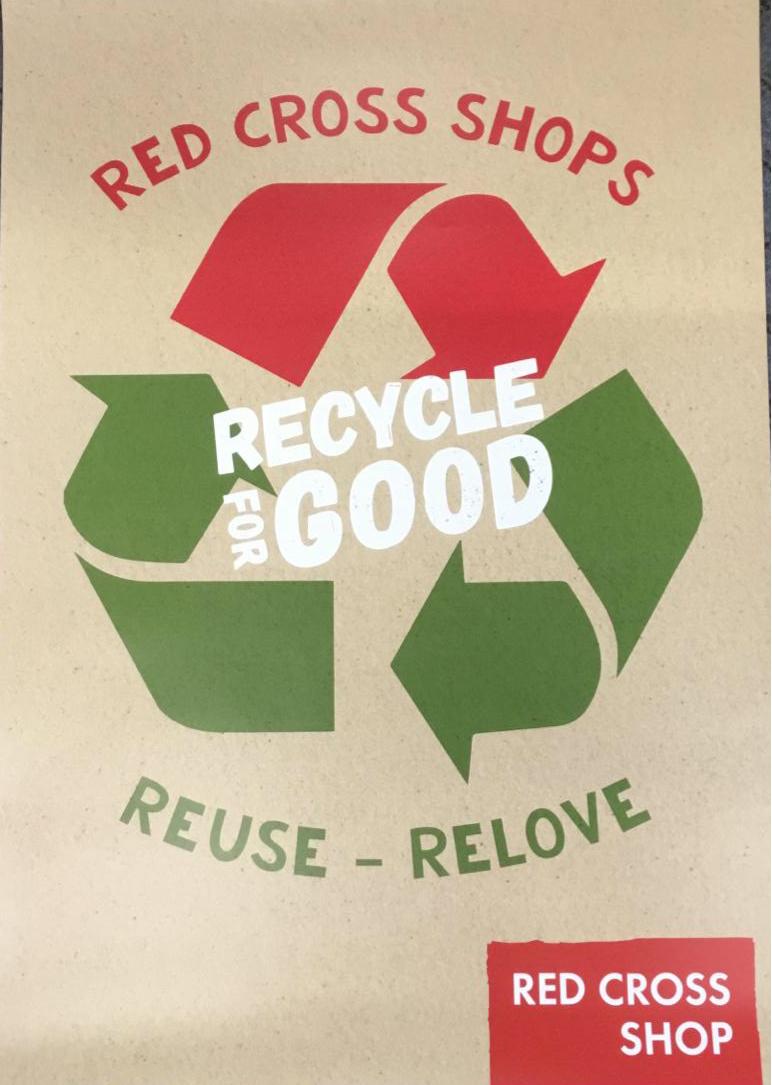
Reporter Community News
Kathy Berg from Wadestown is the proud mum.
"This is Jade. She's a two and half year old huntaway/rottie. I got Jade as a three month old from the SPCA. She has grown up to be a beautiful, submissive girl."
Remember if you want your pet featured on Neighbourly, email us on … View moreKathy Berg from Wadestown is the proud mum.
"This is Jade. She's a two and half year old huntaway/rottie. I got Jade as a three month old from the SPCA. She has grown up to be a beautiful, submissive girl."
Remember if you want your pet featured on Neighbourly, email us on yourpet@dompost.co.nz with a recent photo. Please remember to say which suburb you live in.

11 replies (Members only)
Hey neighbours - who's excited for a summer of cricket??
First Drop is Stuff's weekly newsletter, delivering breaking updates, great reads and a look at what's coming up in the world of cricket each week - straight to your inbox!
Sign up here (it's free!) or visit … View moreHey neighbours - who's excited for a summer of cricket??
First Drop is Stuff's weekly newsletter, delivering breaking updates, great reads and a look at what's coming up in the world of cricket each week - straight to your inbox!
Sign up here (it's free!) or visit stuff.co.nz/newsletters .
Stuff’s cricket coverage is second to none, from the Black Caps and White Ferns to the men’s and women's Super Smash. And there’s a big summer of cricket looming, culminating in the Women’s World Cup in New Zealand, so don't miss out on the action!

95 replies (Members only)
 Loading…
Loading…
Are you sure? Deleting this message permanently removes it from the Neighbourly website.
 Loading…
Loading…
© Neighbourly 2025
